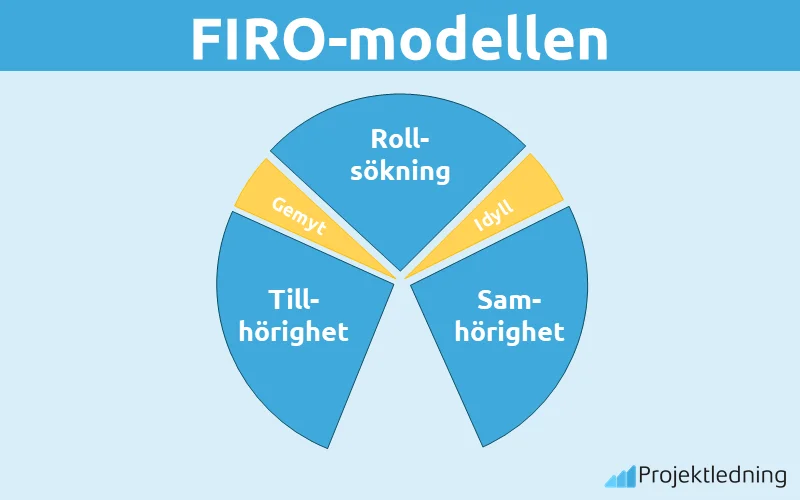It’s official, folks. We’re living in a simulation, and the programmers are just messing with us now. Because how else do you explain two completely, utterly, hilariously different things sharing the exact same goddamn acronym? I’m talking about FIRO. Yeah, you heard me. FIRO.
The Digital Mirage vs. The Wet Reality
On one side, you’ve got FIRO, the cryptocurrency. The digital darling that’s seen its price rocket 450% since September. Four hundred and fifty percent! Sounds like a dream, right? It’s been relentlessly banging its head against the $3 resistance level, a ceiling it ain’t managed to break for nearly three years. Every time it gets close, it's like watching Wile E. Coyote hit a painted tunnel entrance – splat. The charts are screaming "bullish" with all their fancy indicators, but let’s be real, a daily timeframe hints at a good old-fashioned A-B-C correction. Meaning? It could easily tank back to the $1.47-$1.84 range. Just another pump-and-dump waiting for its moment, I swear.
And the best part? Social sentiment is up, organically, not even from some paid-off influencer shill. But mentions are still low. It’s obscure. It’s like a secret club where everyone’s whispering about riches, but nobody actually knows what the hell it does. A hard fork’s coming November 19th, and you know what that means: more hype, more speculation, more digital pixie dust. My gut tells me this whole crypto thing is just a speculative bubble waiting to pop, leaving a bunch of hopefuls holding the bag. Again.
Now, on the other side of this bizarre linguistic coin, we have FIRO. Forecast-Informed Reservoir Operations. Sounds like something out of a particularly dry government white paper, right? But this ain't about speculative digital tokens; it’s about actual, honest-to-god water. The stuff we drink, the stuff that keeps California from turning into a dust bowl or getting washed out to sea. This FIRO is about grown-ups using science to manage our vital resources.
Officials just signed updates to the water control manual for Coyote Valley Dam and Lake Mendocino. For the first time in 66 years, they’re changing the rules. They’re letting water managers store an extra 11,650 acre-feet of water when forecasts say it’s safe. And get this: in 2025, they already added 10,000 feet of storage at Lake Mendocino using these new rules. Lynda Hopkins, who chairs the Sonoma Water Board, is out here saying these techniques have saved water equivalent to a second Lake Mendocino over three years. Without building any new infrastructure. Just smart management.

The Real Value, The Real Threat
U.S. Representative Jared Huffman is practically doing cartwheels, calling it nationally important for drought management, flood control, and fish habitats. Karla Nemeth from the California DWR says it's crucial for preparing for a hotter, drier future. They’re talking about leveraging improved storm forecasting, using data from those incredible "Hurricane Hunter" aircraft – the ones that fly right into atmospheric rivers, those massive sky-rivers that dump 30-50% of California’s water. Imagine the drone of a prop plane cutting through a storm at 10,000 feet, collecting data that literally saves lives and livelihoods. That’s real tech, real innovation, making a real difference.
This water FIRO has been proven. It increased water storage by 19% in 2020 (a dry year), and 13% more water during the insane flood year of 2023 with those nine back-to-back atmospheric rivers. We’re talking about a system that provides drinking water for 650,000 people and keeps critical fish habitats alive. It’s about not letting water just rush out to sea when we could be saving it, or keeping reservoirs too full when a massive flood is on its way. It's about a delicate dance with Mother Nature, where a single misstep can mean disaster.
So, you’ve got one FIRO, a digital casino chip that’s probably gonna crash, driven by anonymous internet chatter. And another FIRO, a critical, life-sustaining system that’s saving entire communities from drought and flood, driven by scientists and engineers. You’d think the choice of which one to prioritize would be a no-brainer, right?
But wait, here’s the kicker. A draft report from a national committee advising NOAA, co-chaired by Dr. Marty Ralph – one of the brains behind the water FIRO – is sounding the alarm. They’re concerned that budget cuts and policy changes are endangering the "weather and water enterprise." That’s a fancy name for the whole symbiotic system of businesses, universities, and agencies that makes this crucial work possible. This "enterprise" has an estimated economic benefit of $100 billion annually to the U.S. economy. Yet it’s under threat.
It’s a joke. No, calling it a "joke" implies someone’s laughing, and I sure ain't. It’s a tragedy. We're building these incredible, complex systems to deal with our planet's increasingly unpredictable behavior, and then we’re letting them wither on the vine because some bean counter decided to trim a few bucks. We're investing in the future of our water, but then we’re gutting the very infrastructure that makes that future possible. It's like buying a top-of-the-line Tesla, then complaining about the cost of charging it, so you just let it sit there, dead. I mean, what are we even doing here...
